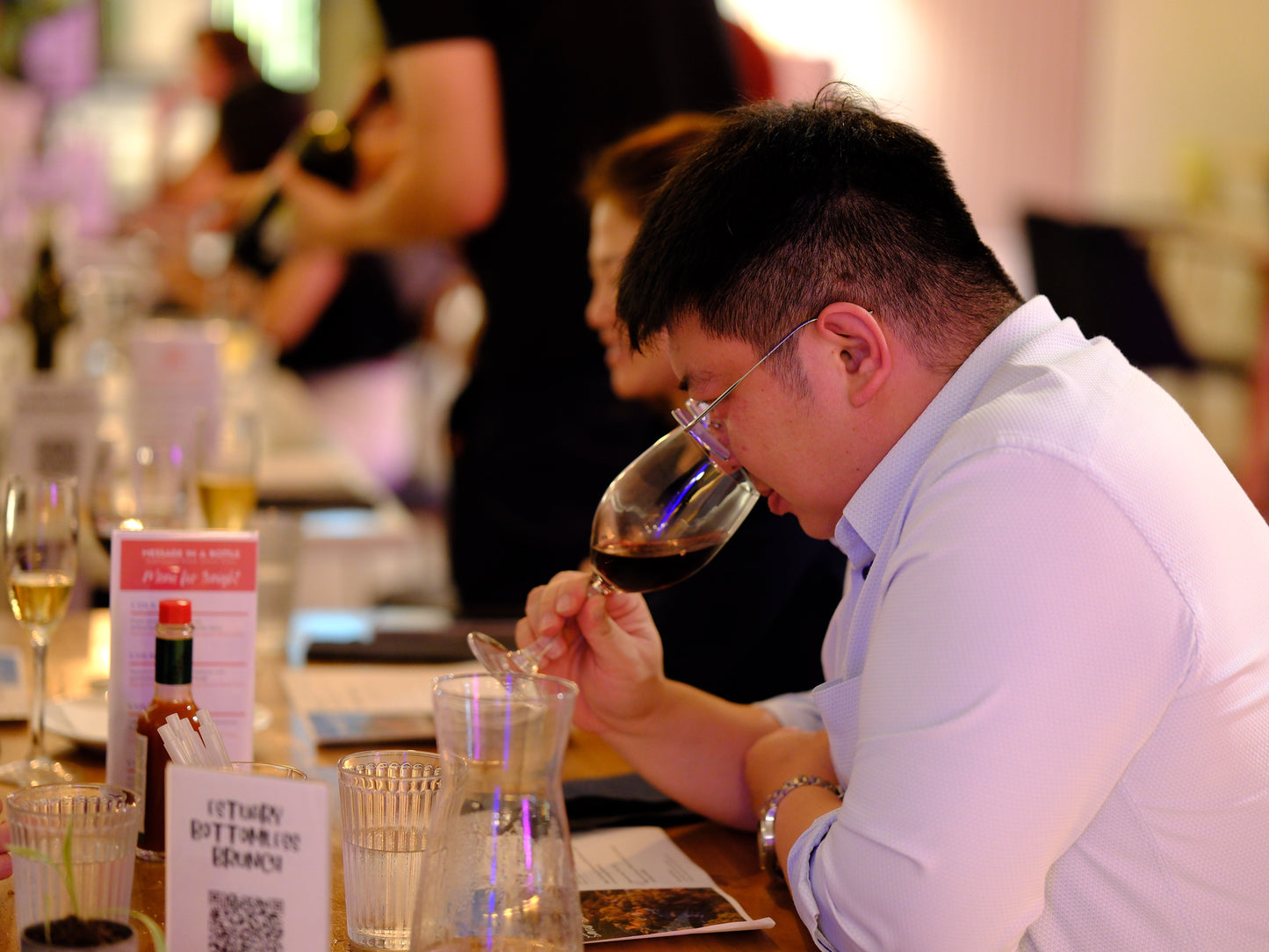

This store requires javascript to be enabled for some features to work correctly.
Beyerskloof Diesel 2022 stands out for its prestige: crafted in Stellenbosch, this Pinotage regularly impresses expert judges and wine competitions with its structured palate and 21 months of oak ageing. Widely recognized for quality and character, it’s a distinguished choice for collectors. Experience excellence—order now!
100% Pinotage
The optimum ripeness for picking was at 25.8°B. Once destemmed berries went through a sorting system to minimise greenness. Fermentation took place in open casks, with punch downs every 2 hours for 5 days. Grapes were pressed before fermentation finished, and malolactic fermentation took place in a stainless steel tank. The wine went into new French oak barrels for 21 months, after which only the best barrels were selected for this wine.
The Beyerskloof Diesel 2022 is a deep, opaque ruby in colour.
On the nose, expect bold, complex aromas of blackberry compote, ripe black plum, and dark chocolate, layered with charred oak, espresso, and a smoky, meaty undertone—hinting at its robust structure.
On the palate, it’s dry and full-bodied, with high, velvety tannins and medium (+) acidity that balance its dense core of blackcurrant, blueberry, and licorice. The oak is pronounced but well-integrated, adding vanilla, toasted cedar, and a touch of clove spice, while a savory, almost gamey note (reminiscent of Pinotage’s character) lingers beneath.
The finish is long and warming, with lingering dark fruit, mocha, and a peppery lift.
We had ideal winter conditions that supplemented water reserves and contributed to even growth, which provided an excellent foundation for the 2022 crop. Following a cool run-up to the season, sudden heat peaks in December and January resulted in sunburn damage on certain vineyard blocks. At the same time, we experienced unexpected rainfall, which led to high disease pressure that caused challenges in minimising the effects of powdery and downy mildew. As temperatures remained moderate throughout the rest of the season, the grapes took their time to reach optimum ripeness, and the start of harvest was delayed by 10-14 days.
The 2022 crop was larger than 2021 due to ideal winter conditions. Judging by the quality of the 2022 vintage wines currently in the cellar, we anticipate another classic Stellenbosch vintage.
The wine will age superbly for 10 years or longer.
It will pair well with spicy Indian curries or any red meat on the braai (BBQ).
| Alcohol | 15% |
|---|---|
| Residual sugar | 2.66g/L |
| Acidity | 5.63 |
| Region | Stellenbosch |
| Producer | Beyeskloof |
This collection has been carefully curated to represent the best expressions of South Africa from our wine makers.

In fact, critics are calling this period the "Golden Age" for South African wines! If you are new to South African wines, let us introduce you to them with some history and notes about the grape varietals found there.
Of course, this is meant to be a "all you must know" summary about the history of South African wines, because as you can imagine, history is never so simple. But if you're new and just looking for a snapshot of the highlights, then here's it;
Every month, we try to publish content that helps you understand wines and South African wines better. Here's our latest blog articles, check them out.
The Pinotage Festival returns this month, showcasing South Africa’s unrivalled terroir diversity through themed tasting zones. In “Regional Expressions”, festival-goers...
Ahead of Singapore’s first Pinotage Festival, we trace how ground-breaking wineries, visionary winemakers, and transformative moments defined a century of...
South Africa’s wine industry shined at a buzzing expo, showcasing its unmatched old vine age certification, legendary producers and passionate...